
More Helpful Content
The FIFO perpetual cost flow tracking system assumes that the first unit of inventory obtained is the first unit used or sold. Furthermore, in a perpetual inventory system, inventory inflows and outflows are reflected in stock records as quickly as transactions take place. The resultant charge to the cost of goods sold is the same whether a perpetual inventory system or a periodic inventory system is utilized. If you are struggling with the FIFO perpetual inventory calculation, just read through this article to understand how the FIFO perpetual inventory method is calculated under a specific situation.
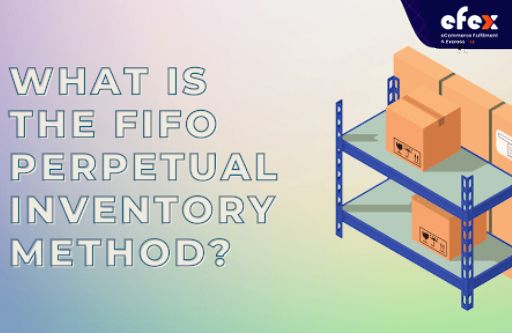
FIFO which stands for First-In-First-Out is an inventory accounting approach in which the stock acquired first is sold first, whereby the leftover stock is always the most recently bought inventory. For the permanent FIFO cost flow assumption, sales are recorded in the ledger as they occur. To analyze the inventories, a cost flow calculation is used.
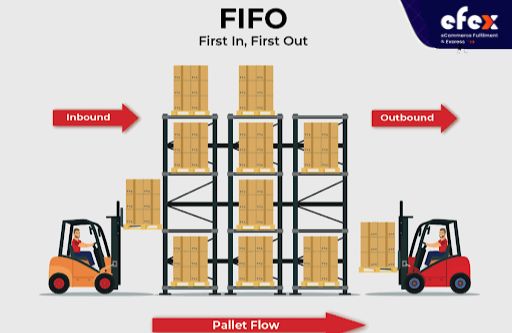
The ledger in the perpetual inventory technique differs significantly from the periodic system in that the balance is a continual count of the value of sold and total units. So when the inventory purchased arrives, the whole unit cost is applied to the balances. the value of the stock purchased by the firm will remain constant during its tenure in the business. When a corporation is attempting to demonstrate its enormous potential for profit, the FIFO method should be applied. It results in fewer COGS investments and a greater bottom line.
To calculate the FIFO perpetual inventory, we will need the following formulas:
The Cost Of Goods Sold (COGS) is likewise calculated eternally in the perpetual inventory approach. As the product sells, the cost of sales, also known as the cost of goods sold, rises. It includes the money as labor and materials spent on creating items, as well as labor and material expenditures.
COGS = BI + P - EI
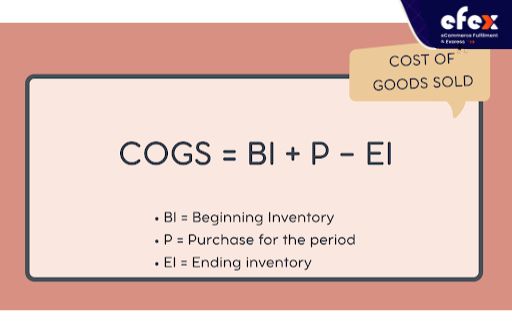
Note that the COGS in a perpetual inventory system is computed after each sale, but you may also calculate it over time using this method.
The Economic Order Quantity (EOQ) model is used to evaluate how much inventory to purchase to fulfill demand while reducing inventory holding costs. Perpetual inventory accounting allows you to understand your inventory flow, allowing you to quickly compute EOQ.
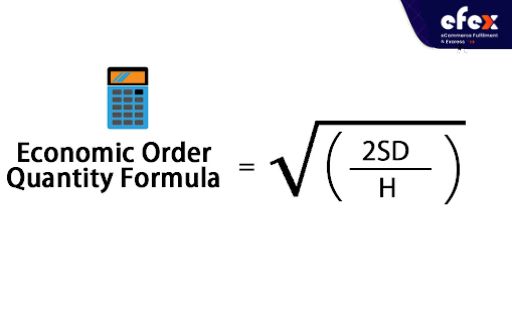
With,
In the perpetual inventory system, gross profit is determined in a somewhat different manner. While preparing accounting papers and statements, you may need to estimate the final inventory for a specific period in order to compute gross profit. Let’s look at the example table below to know how the gross profit technique calculation might appear if you wanted to predict the ending inventory from the current month.
| Estimate | Figures | |
| Sales | 100% | $100,000 |
| COGS | 60% | $60,000 |
| Gross Profit | 40% | $40,000 |
| Beginning Inventory | $30,000 | |
| Purchases | $40,000 | |
| Cost of goods available for sale | $70,000 | |
| Minus COGS | $60,000 | |
| Estimated Ending Inventory | $10,000 |
You should be aware of gross profit as a portion of total sales, beginning the period’s inventory, purchases made at the time period, and total sales during the time period. You may use this to calculate the expected finishing inventory and the bottom line that you have earned.
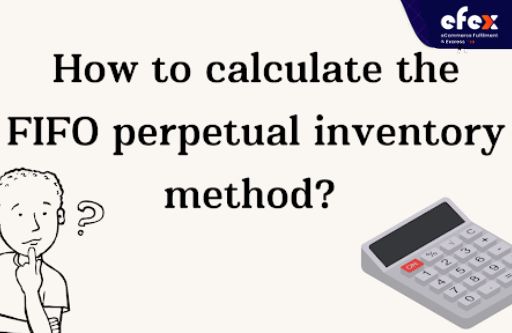
The inventory account in a perpetual system alters with every transaction. Companies deduct the cost of the product from their inventory account whenever they acquire or manufacture inventory, as well as when they sell inventory to consumers. With every transaction, the perpetual inventory software will update the inventory level. With every sale, the program deducts from the COGS account. Don’t worry if you do not understand. The below example will help you figure out how the FIFO perpetual inventory method is calculated.
The ABC firm accounts for inventory purchases and sales using a perpetual inventory system using the first-in, first-out approach to determine costs of goods sold and end inventory value. During the month of July 2021, the following acquisitions and sales were made by the firm. Throughout the month, all sales were made at $1,000 per unit.
Continue with the above example, we have:
On July 03, 2021, the ABC firm sold 20 units for 20 x $1,000 = $20,000. On this date, the only units for sale are the 20 units in the first inventory (30 units of July 01). As a result, the cost of items sold is 20 x $500 = $10,000. Because the firm employs a perpetual inventory system, the sale of inventory would result in two journal entries: one to lower the inventory account by the cost of 20 units and one to mark the sale of 20 units. These are the two journal entries:
| Date | Account Name | Debit | Credit |
| July 03 | Account receivable | $20,000 | |
| Sales | $20,000 | ||
| Cost of goods sold | $10,000 | ||
| Inventory | $10,000 |
On July 6, the following entry would be made to reflect the acquisition of 15 units for $600 each unit.
| Date | Account Name | Debit | Credit |
| July 06 | Inventory | $9,000 | |
| Accounts payable | $9,000 |
On July 10, the following entry would be made to record the acquisition of 10 units for $650 each unit.
| Date | Account Name | Debit | Credit |
| July 10 | Inventory | $6,500 | |
| Accounts payable | $6,500 |
According to the FIFO assumption, the first expenses incurred are the first costs expensed. Therefore, the cost of 14 units sold on July 13 would be calculated as follow:
The following notebook entries would be written for the aforementioned sales:
| Date | Account Name | Debit | Credit |
| July 13 | Account receivable | $20,000 | |
| Sales | $20,000 | ||
| Cost of goods sold | $7,400 | ||
| Inventory | $7,400 |
The cost of 16 units sold on July 17 is calculated using the FIFO approach as follows:
The total cost of the 16 units sold on July 17 = $6,600 + $3,250 = $9,850 The following journal entries would be written for the aforementioned sales:
| Date | Account Name | Debit | Credit |
| July 17 | Account receivable | $16,000 | |
| Sales | $16,000 | ||
| Cost of goods sold | $9,850 | ||
| Inventory | $9,850 |
The following entry would be made on July 20 to record the acquisition of 15 units for $700/unit.
| Date | Account Name | Debit | Credit |
| July 20 | Inventory | $10,500 | |
| Accounts payable | $10,500 |
On July 24, the following entry would be made to record the acquisition of 6 units at a cost of $750 each.
| Date | Account Name | Debit | Credit |
| July 24 | Inventory | $4,500 | |
| Accounts payable | $4,500 |
The cost of 10 units sold on July 30 is determined using the FIFO approach as follows:
The total cost of the 10 units sold on July 30 = $3,250 + $3,500 = $6,750 The following journal entries would be written for the aforementioned sales:
| Date | Account Name | Debit | Credit |
| July 30 | Account receivable | $10,000 | |
| Sales | $10,000 | ||
| Cost of goods sold | $6,750 | ||
| Inventory | $6,750 |
👉 Read More: Lifo Perpetual Inventory Method: Formula And Example
In both periodic and perpetual inventory systems, the FIFO technique is used to compute and cost of goods sold and the cost of ending inventory. In both inventory systems, the FIFO approach gives the same answer to the same query. If the unit cost of inventory in a company’s purchasing transactions is continuously increasing, the FIFO approach raises the company’s tax expenditure. When a business wants to demonstrate the highest potential profit on its financial accounts for investors, stakeholders, and lenders, it may opt to use a FIFO perpetual inventory method. A FIFO method results in decreased COGS costs and better net profits. Hope you have a good time with Efex.


